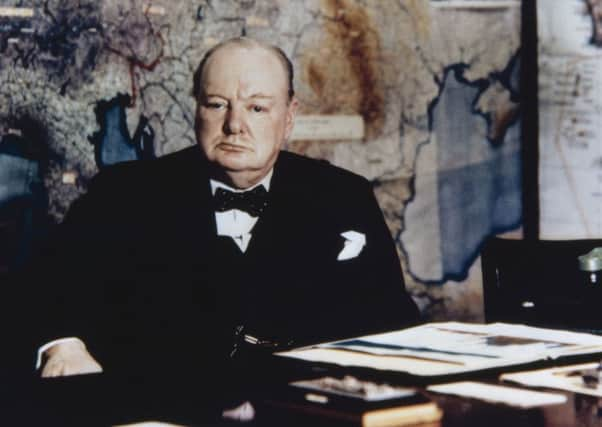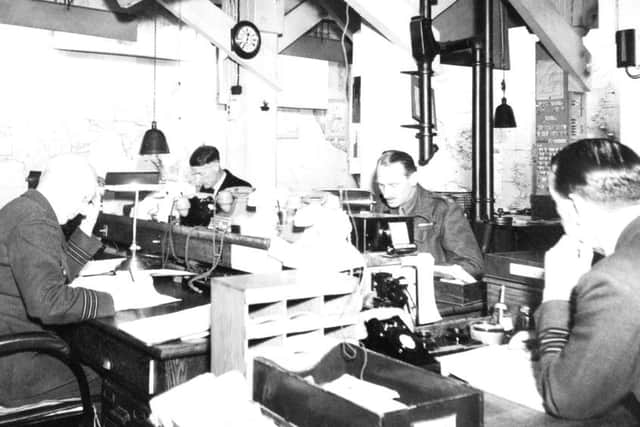Revealed ... secrets of Winston Churchill's war rooms


Documents, testimonies and images showing what life was like in the Churchill War Rooms under central London have been revealed to mark the UK release of the film Darkest Hour, which recounts the early days of his premiership.
They include a rare surviving example of a letter confirming a typist’s appointment, and insights from Churchill’s private secretary, Elizabeth Layton, and other secretaries working in the underground bunker.
Advertisement
Hide AdAdvertisement
Hide AdHis private secretary’s reminiscences include details of the leader’s working habits and routines, such as his habit of having breakfast in bed, and remaining there with a secretary and typewriter near his bedside until he got up, sometimes as late as 1pm.


She said: “We of his personal staff were completely devoted to him, even though he was inclined to be impatient and demanding.
“He was somebody who drew our loyalty and our deep respect and affection ... The negative side was only on the surface. Underneath he was a very caring person.”
Myra Nora Collyer, a secretary working in the war rooms, remembered the “masses and masses and masses of corridors” and the need for “sun ray lamps” once a week because they were working 12-hour shifts underground.
Advertisement
Hide AdAdvertisement
Hide AdAnd Margaret Walker, employed as a typist and secretary, recalled: “He (Churchill) used to wear a siren suit and we used to see this shortish, fattish, tubby man bouncing along in a siren suit.”


A siren suit, similar to a boiler suit, was an all-in-one garment which could be easily put on over other clothing and used by people who had to leave their homes for air raid shelters during bombing raids.
Other documents revealed by the Imperial War Museums (IWM) include early plans for the basement headquarters and security passes.
The materials have been released to inspire people to visit the Churchill War Rooms, which are featured in Darkest Hour and are open daily, allowing visitors to walk in the footsteps of people who worked there.